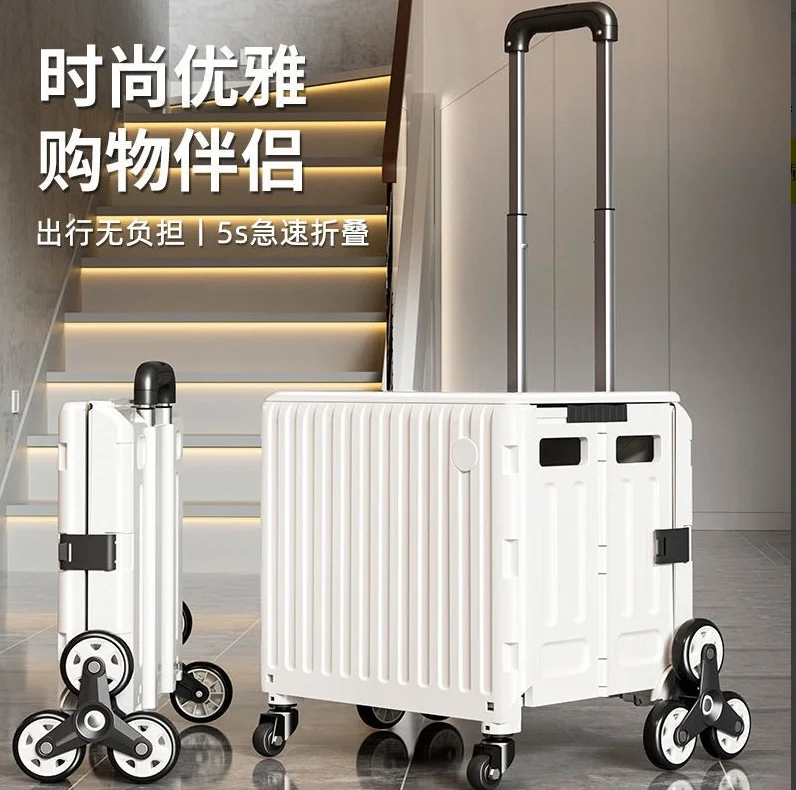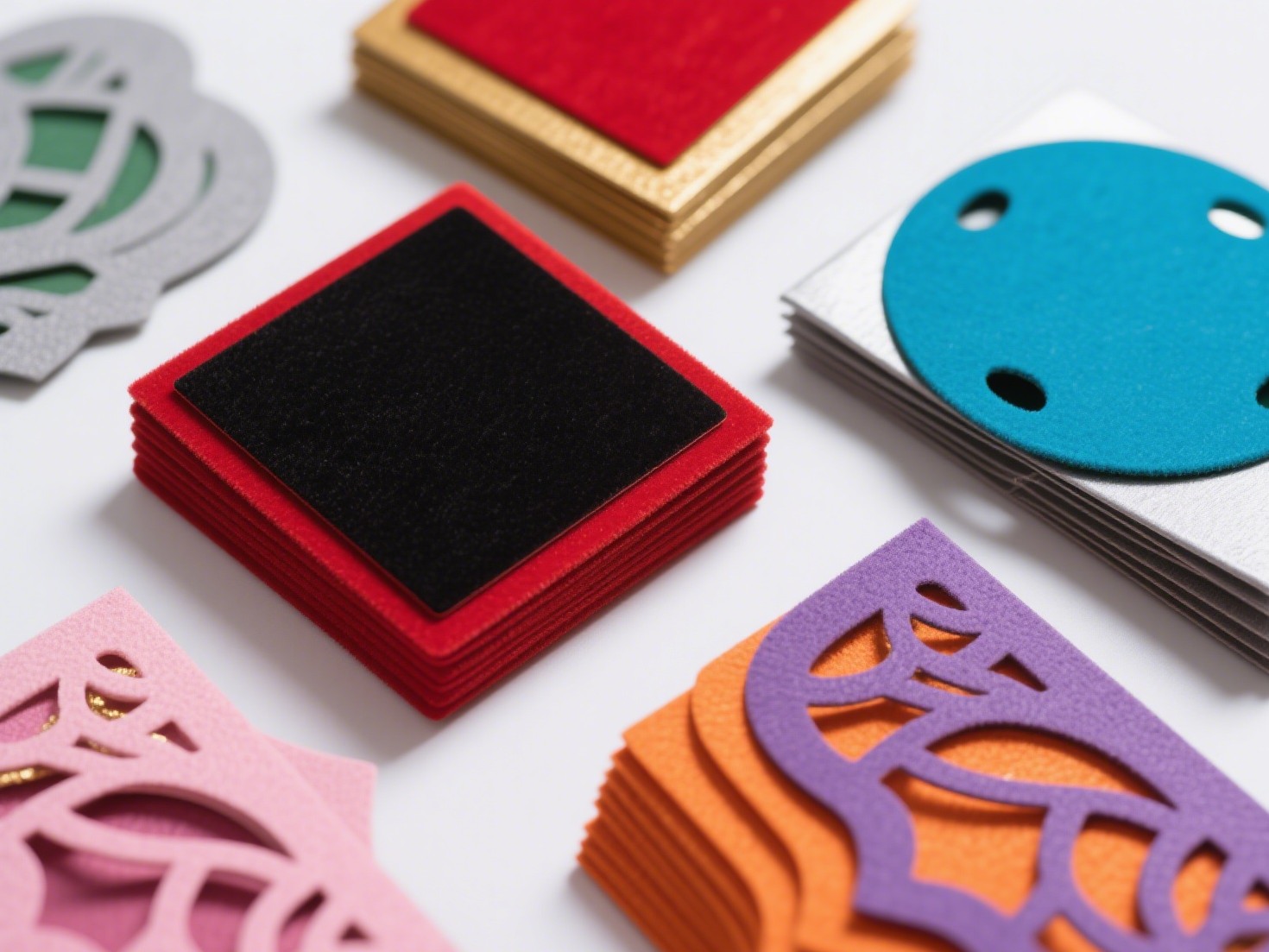In the realm of architecture, the ability to convey intricate designs and spatial relationships through maps is paramount. Architects rely on high-quality printing devices to produce detailed representations of their work, ensuring that every nuance is captured accurately. This article delves into the various devices available for high-quality map printing, exploring their features, advantages, and suitability for architectural applications.
Understanding the Importance of High-Quality Map Printing
High-quality map printing is essential for architects for several reasons:
- Precision and Detail: Architectural maps often contain intricate details that must be reproduced accurately. High-resolution printing ensures that every line, contour, and annotation is clear and legible.
- Color Accuracy: The use of color in architectural maps is not merely aesthetic; it serves to differentiate various elements of the design. Accurate color reproduction is crucial for conveying the intended message.
- Durability: Maps are often used in presentations, client meetings, and on-site discussions. Therefore, the printed material must be durable enough to withstand handling and environmental factors.
Types of Devices for High-Quality Map Printing
When it comes to high-quality map printing, several types of devices stand out. Each device has its unique strengths, making them suitable for different architectural needs.
- Inkjet Printers
Inkjet printers are among the most popular choices for high-quality map printing in architecture. They utilize a series of nozzles to spray tiny droplets of ink onto the paper, allowing for exceptional detail and color accuracy.
- Advantages:
- High Resolution: Many inkjet printers can achieve resolutions of up to 4800 x 2400 dpi, making them ideal for detailed maps.
- Wide Color Gamut: Inkjet printers can produce a broader range of colors, which is essential for accurately representing materials and landscapes.
- Versatility: They can print on various media types, including glossy paper, canvas, and even fabric.
- Recommended Models: The Canon imagePROGRAF series and Epson SureColor series are renowned for their high-quality output and reliability in architectural applications.
- Plotters
For larger formats, plotters are the go-to devices. These printers are specifically designed to handle large-scale prints, making them perfect for architectural blueprints and maps.
- Advantages:
- Large Format Printing: Plotters can print on media up to 60 inches wide, accommodating large architectural designs.
- Precision: They provide precise line work, essential for technical drawings and detailed maps.
- Speed: Modern plotters can produce large prints quickly, which is beneficial for tight deadlines.
- Recommended Models: The HP DesignJet series and the Canon imagePROGRAF large-format printers are excellent choices for architects needing high-quality, large-scale prints.
- Laser Printers
While laser printers are typically associated with text documents, high-end models can also produce impressive color prints. They work by using a laser beam to transfer toner onto paper, which can be advantageous for certain types of architectural maps.
- Advantages:
- Speed: Laser printers are generally faster than inkjet printers, making them suitable for bulk printing.
- Cost-Effectiveness: For high-volume printing, laser printers can be more economical in terms of cost per page.
- Sharp Text: They excel in producing crisp text, which is beneficial for maps with extensive annotations.
- Recommended Models: The Xerox Color C70 and the HP Color LaserJet series are known for their quality and efficiency in producing architectural prints.
Factors to Consider When Choosing a Printing Device
Selecting the right device for high-quality map printing involves several considerations:
- Print Size: Determine the maximum size of the maps you need to print. If large-format prints are essential, a plotter may be necessary.
- Color Fidelity: Look for devices that offer a wide color gamut and high-resolution capabilities to ensure accurate color reproduction.
- Media Compatibility: Consider the types of media you will be using. Some devices are better suited for specific materials, such as glossy paper or canvas.
- Volume of Printing: Assess your printing volume. If you require frequent prints, investing in a high-capacity printer may be more cost-effective in the long run.
- Budget: High-quality printing devices can vary significantly in price. Establish a budget that balances quality and affordability.
Conclusion
In the architectural field, the quality of printed maps can significantly impact communication and presentation. By understanding the various devices available for high-quality map printing—such as inkjet printers, plotters, and laser printers—architects can make informed decisions that enhance their design presentations. Ultimately, the right device will not only elevate the visual appeal of architectural maps but also ensure that the intricate details and colors are faithfully represented, facilitating better understanding and collaboration among stakeholders.



